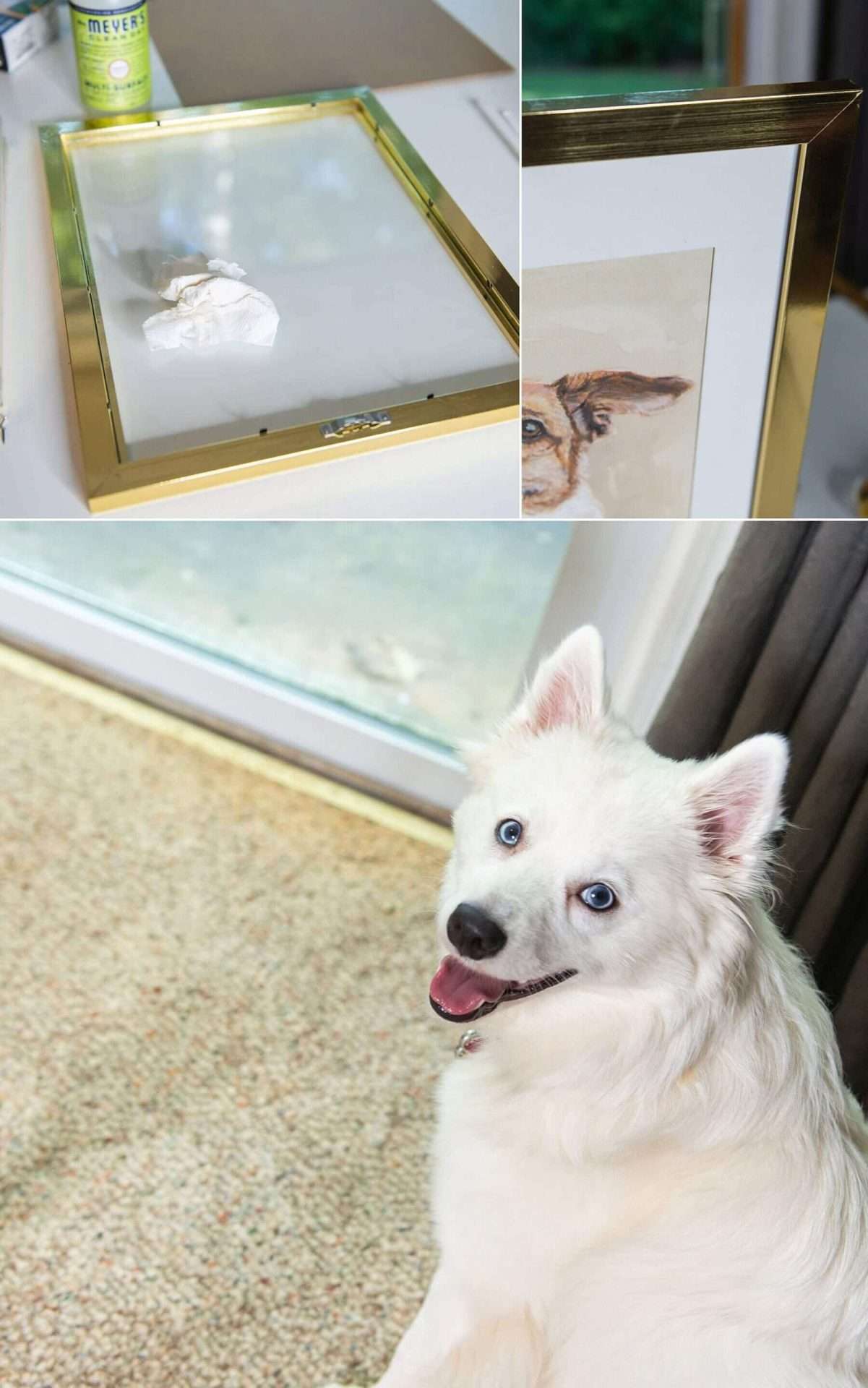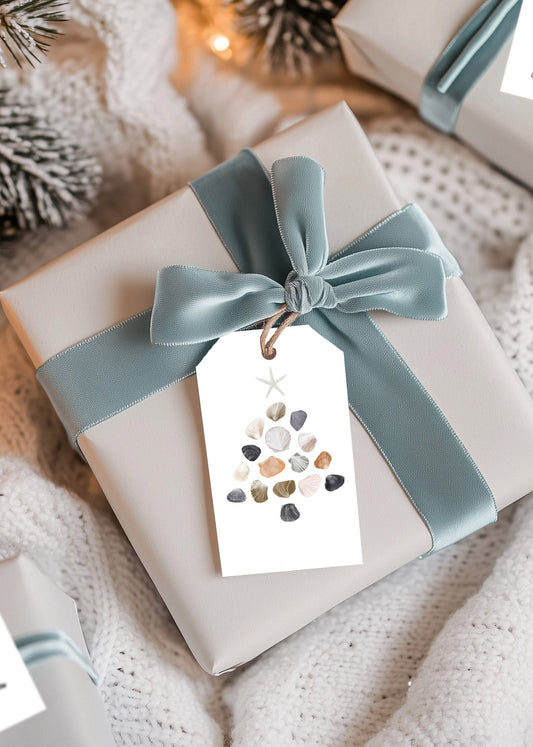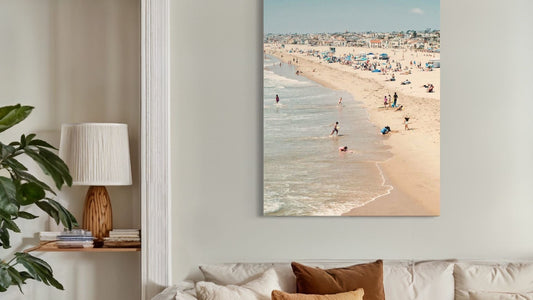
How to Frame a Pastel Painting [ Step by Step ]
Share
Frame pastel paintings on my own?
Yes, you can. I got you!
Framing pastel paintings is a little intimidating if you’ve never done it before. How can you easily frame pastel paintings yourself? I’m going to show you exactly how I do it step by step.

Framing isn’t rocket science. However, there is a reason framing is expensive and sometimes there is a place for custom framing special pieces (maybe you don’t have time to DIY it or deal with it). And at times, you may need someone to help you match the style of your home or frame a unique piece of art for a gift.
I will list several resources at the end of great places to outsource your framing needs. However, custom framing can be very expensive.If you want to try, here’s how I easily frame pastel paintings and save a lot of money.
I know what scares most people is this question—What if I hurt the painting?
Pastel paintings are delicate. Think of them as beautiful, fragile butterflies—you wouldn’t bend the wings, rub the surface of their wings, you don’t touch them except gently, and they are enjoyed for their beauty from usually from afar. Pastel paintings are the same. Don’t touch the surface, lightly touch the edges, and handle with care. You’ll be fine, and they will be fine too.
Easily Frame Pastel Paintings in a couple of steps
1. Pick a frame with a mat
The mat is incredibly important. Think of all of those pastel particles as paint that can easily come off the surface. The worst thing for a pastel painting is to be right up against a piece of glass. Ensure you have a mat or something to keep you painting away from the glass like a spacer.
It’s easier to apply any hanging hardware before framing, especially if you are a beginner—carefully remove the glass and use a hammer to add the hardware, making sure the tiny nails aren’t larger than your frame’s width.
Here are some of my favorite frame suppliers:
Locally look at Michaels, Hobby Lobby, TJMaxx, Homegood, and World Market (remember to look for wood frames and a frame with a mat most importantly)
Amazon (search “{size} frame with mat”) like this example

I do this last when framing for clients, but doing this part first is more manageable, especially with less expensive frames. Sometimes it is harder to attach hanging hardware because of the finish of the frame or its material—try to pick hardwood frames. And as you can see, the hardware is bent — no big, it’s secure, and no one will see it.
2. Mount your painting to the mat with acid-free tape
I call this — the hinge tape procedure, and here is how easy it is:
- Lay your art on the board you will mount it to for the frame (preferably an acid-free board like this). Lots of times less expensive frames have a cheap backing board — you can replace this board with your own and save your artwork from harm in the future (specifically if this board is not archival).
- If you need to cut the board, measure it by laying the frame backing board on top of your new backing and trace around it to get the perfect size.
- Lay your art under the mat on top of the board to find where to mount your art—carefully lift the mat and use a pencil to mark where your art will go.
- Take two or three strips and attach to the back of the art, then use another piece to attach the tape to the board. Remember, your painting (the delicate butterfly) doesn’t like its surface touched.
Another important thing is to attach the hinge tape away from the corners to allow the art to expand and contract. Think of this like the door that always gets jammed in the summer with the heat. Paintings are on paper surfaces that do the same thing.
You can buy linen mounting tape at most art stores or right here online where I got my acid-free mounting tape (get the self adhesive kind):

Using hinge tape to secure the art to a piece of foam core (important when using less expensive frames to take out the back board if not archival).
3. Place the mat onto of the mount with a few spacers
It’s a good idea to add a spacer between the mat and the backing board to keep dust from collecting on the mat, especially on larger pieces of art (spacer is a fancy frame word for something wedged in to add space—sounds obvious, but if you don’t frame things all the time it’s might not be).
It is sometimes recommended to double mat your pastel paintings. However, for small paintings I don’t worry about this as much or using spacers. Some frames do not have the depth for spacers—so this is something to think about when choosing a frame.
Easily add spacers like this simply using a strip of foam core or mat board (creating your own spacer).
Or use plastic spacers to use for framing—some local frame shops or stores may sell you a strip (the thinner plastic ones you can usually cut with scissors):

Here’s how to create a spacer out of extra matboard or foamcore (you can buy spacers which I recommend for frames without mats or skip this part with smaller paintings)
4. Now place the mat and backboard sandwich into the frame
Lay the frame onto a table or floor, clean the glass with a dust-free cloth, and ensure no moisture from cleaning on the glass. Then insert the mat and backboard with the painting attached into the frame.
Depending on the frame, you may have frame points that need to be bent back down or clips to hold it into place. Most people don’t have access to a framing gun but use it if you have one. If you have frame points, bend them back down with a screwdriver (not your nails :).
Seal — Sealing the painting will help prevent dust from entering through the back (strange to think dust and dirt can be this tiny, but it happens). You can get a close to perfect size for the dust cover by tracing around the frame then cut just slightly smaller. I usually seal the painting in the frame with brown paper backing attached using double-sided tape around the frame’s back edge. Since in this tutorial we placed the hardware on first, keep this in mind and cut that out of the paper backing or apply underneath (remember this is to make it easy and so we don’t break glass when applying the hardware, if you want you can apply the hardware on top just be careful not to break the glass when hammering).
Finishing Touches — I always add my finishing touches, such as place rubber bumpers on the corners of the frame’s back.
Brown Paper: Michaels, Hobby Lobby, or Amazon
Rubber Bumpers for Frame Corners: Amazon
Wire and Hanging Hooks: Amazon , Home Depot, Target

How to frame pastel paintings step by step — make sure to clean the glass (and dog hair away from the surfaces 🙂 Pink was intrigued.
Here’s how to seal the back of your frame.

Let’s say you want to frame a pastel painting without mat:
The worst enemy to a soft pastel painting is to be touched. So to frame a pastel painting without a mat — let’s think of it like a sandwich.
Make you pastel painting into this “sandwich”:
>>>The board the pastel is attached to—A spacer—The glass<<<
Here’s how you would edit Set 2 and 3—to make your pastel painting framing sandwich.
- Mount the board to the painting but mount it almost flush wrap the hinge tape to the back of the mounting board
- Use spacers thin so they are invisible unless looking from the side (spacers will probably be visible if someone looks close from the sides so I use black or clear)
- You can tape this with clear scotch tape to make it easier to put into the frame (do it so it doesn’t show past the frame edge)
Some things to be aware of whenever you are framing a pastel painting:
Just a reminder again — pastels don’t like to be touched. Avoid touching the surface and start your framing process with clean, dry hands.
Direct sunlight is not a painting’s friend. Avoid hanging your gorgeous piece of art in direct sunlight; this may cause it to fade.
Think of it like a butterfly — don’t shake your painting after framed or turn it upside down. Dust particles can fall onto the mat, causing a replay of the whole process above.
And here are my favorite frame resources if you decide, “this is too complicated, or I don’t have time.”
You can do this. Ok, what scares you about framing, or are you ready to try to frame a pastel painting?



